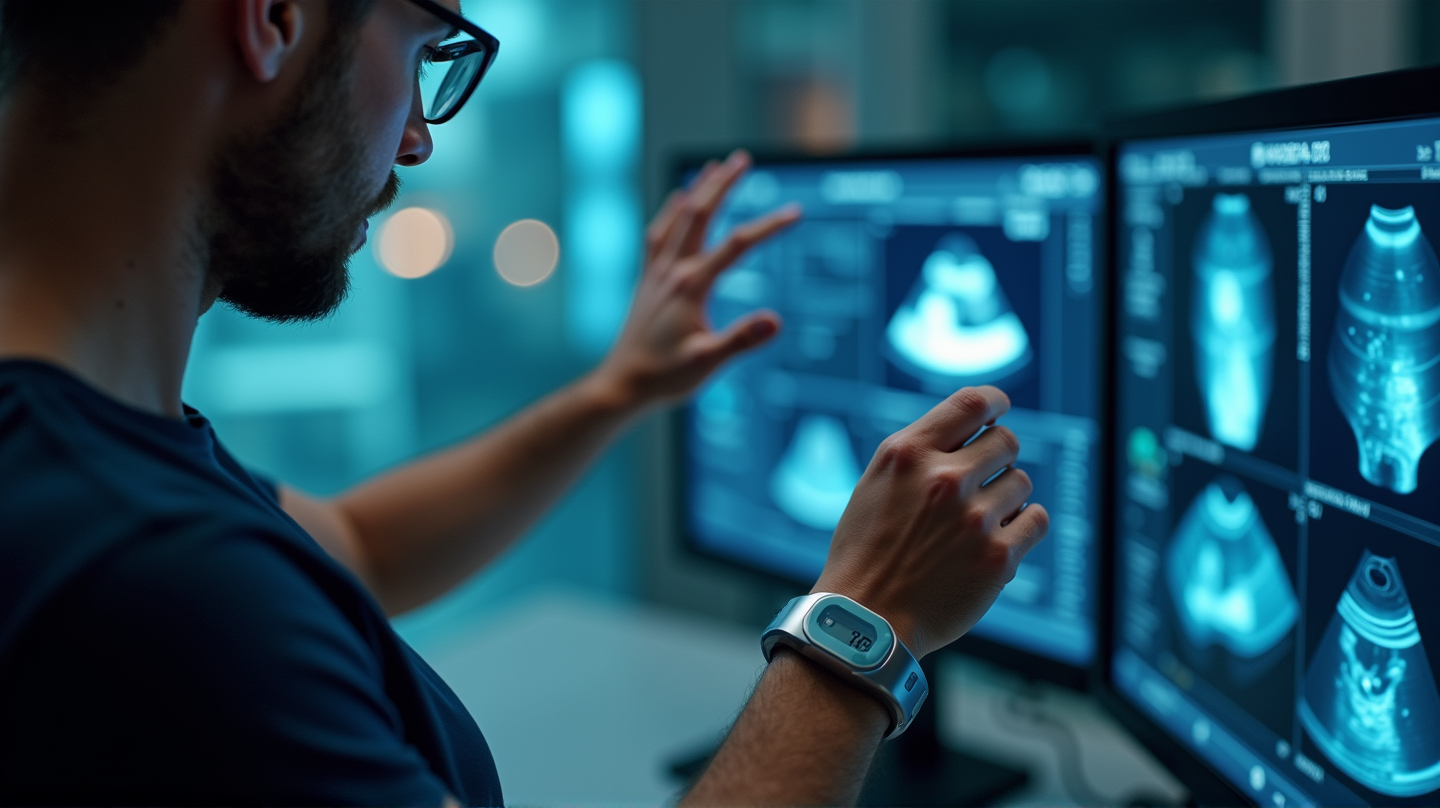Revolutionary Wearable Ultrasound: Bridging Healthcare Gaps
Explore the possibilities of wearable ultrasound technology that promises to revolutionize healthcare by enabling continuous, hands-free monitoring.

The future of medical imaging is unfolding with the advancements in wearable ultrasound technology, a promising solution that aims to transform patient care. Offering the convenience of hands-free and continuous operation, these groundbreaking devices are designed to fit seamlessly into the daily routines of patients, providing crucial insights without restricting mobility.
The Promise of Wearable Ultrasound
Imagine a world where healthcare is not confined to hospitals. Wearable ultrasound devices have the potential to bridge this gap, providing continuous monitoring of internal tissues, whether for chronic disease management or post-operative care. Their ability to operate without manual intervention allows for the collection of invaluable data, which could redefine the way we approach various health conditions.
Technical Innovations: The Heartbeat of Wearable Ultrasound
Central to the success of wearable ultrasounds are cutting-edge innovations in material selection, mechanical design, and system integration. By miniaturizing back-end circuits and developing autonomous signal processing algorithms, these devices aim to enhance diagnostic accuracy, ensuring superior patient outcomes. According to Nature, such integration with electronic health records is crucial for real-world clinical application.
Overcoming Barriers for Widespread Adoption
Despite their promise, the widespread adoption of wearable ultrasound technology faces several challenges. Controlled clinical studies are crucial to validating these devices against established medical standards. Moreover, the development of safety protocols and efficient 3D imaging technologies will be pivotal in transcending current limitations, paving the way for global healthcare transformation.
Expanding Access to Low-Resource Settings
One of the significant opportunities for wearable ultrasound devices lies in their potential to enhance healthcare in low-resource settings. By addressing technological transfer barriers, these devices can empower healthcare professionals and improve access to medical imaging where it is most needed, ultimately contributing to global health equity.
In conclusion, wearable ultrasound technology is on the cusp of revolutionizing the medical field. Its continuous evolution promises not only to enhance healthcare accessibility and efficiency but also to redefine how we understand and interact with our health.





